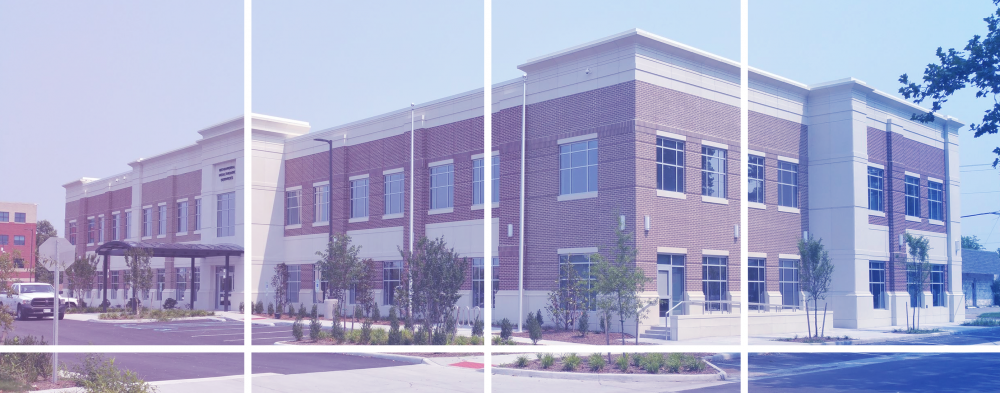CSB Funding

WHY WE DID THIS STUDY
In 2018, the Joint Subcommittee on Mental Health Services in the Twenty-First Century requested that Joint Legislative Audit and Review Commission (JLARC) staff review the funding allocations to Virginia’s community services boards (CSBs). The request directed JLARC staff to review current funding allocations to CSBs and alternative allocation methods used in other states and Virginia programs.
ABOUT CSB Funding
Virginia’s 40 CSBs are the public safety net provider for community-based mental health, substance use disorder, and developmental services, serving primarily indigent and Medicaid populations. Total CSB funding for all services was $1.28 billion in FY18. The Department of Behavioral Health and Developmental Services is responsible for distributing all non-Medicaid state and federal funds, which accounts for $420 million of total CSB funding.
WHAT WE FOUND
Clear policy goals should be established before adopting a new CSB funding model
DBHDS allocates most of the $356 million in discretionary funding to CSBs based on what CSBs received in previous years. This approach provides CSBs with budget stability but limits the state’s ability to target resources to the needs of each community.
In contrast to DBHDS, other states’ behavioral health systems and programs in Virginia use funding models designed to support specific goals. They use a combination of funding formulas, reimbursement models, and grants to identify service needs and allocate funding. Some of these models could be appropriate to support a consistent array of services across CSBs, while others could better enable CSBs to develop services that meet their communities’ distinct needs. If a new funding model is adopted, Virginia should first identify its goals for the availability of services and then develop a funding model to support those goals.
Virginia could better consider other funding sources when allocating CSB funding
Regardless of the funding model, Virginia can take steps to ensure that state funds are the “payment of last resort” by maximizing Medicaid revenue. DBHDS does not currently consider Medicaid revenue in determining how most state funds are allocated, even though Medicaid is the largest payer for CSB services in Virginia. Ensuring that CSBs are maximizing Medicaid revenue and using that revenue to inform state funding allocations will help the state target general funds most effectively.
Accounting for local ability to pay would also help ensure state funds are the “payment of last resort” and that community needs are met. Local funding is the third-largest source of revenue for CSBs, but local match requirements do not account for local ability to pay. Basing local match requirements or state funding allocations on local ability to pay would reduce the financial burden on some CSB and local government budgets, while increasing the demand on others.
Changes to CSB funding allocations, whether a major shift in strategy or a change in how other funding sources are accounted for, should reflect the state’s goals and be established with buy-in from stakeholders. Once an approach is established, increasing total appropriations to avoid reducing funding to any CSBs, or gradually phasing in the change, would mitigate the impact on CSB budgets and operations. The funding formula or reimbursement rates would also need to be updated regularly so that they continue to account for changing needs across the Commonwealth.
WHAT WE RECOMMEND
Legislative action
- Consider establishing goals for state funding allocations to CSBs that can direct the potential adoption of new funding models.
Executive action
- DBHDS should develop a method to account for Medicaid reimbursements to CSBs when allocating state funds to CSBs.
- DBHDS, in collaboration with the Department of Medical Assistance Services, should take steps to ensure that CSBs are maximizing Medicaid reimbursements for eligible consumers.
The complete list of recommendations and options is available here.

